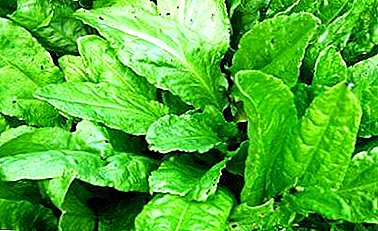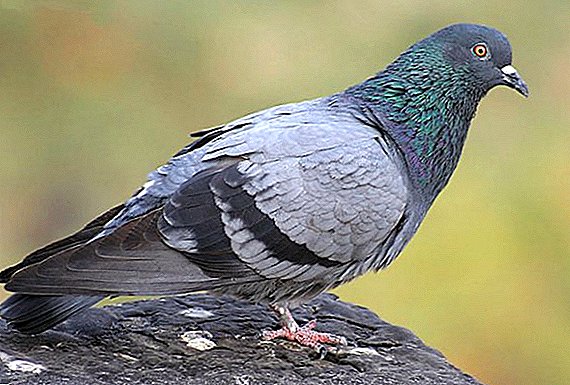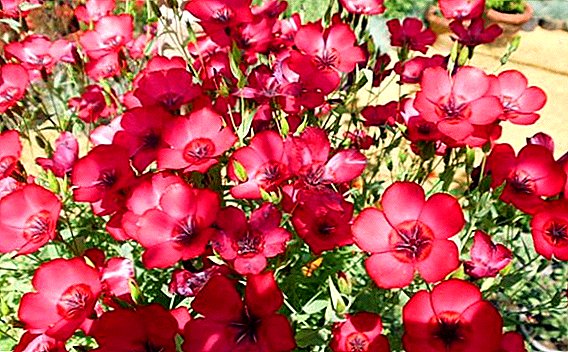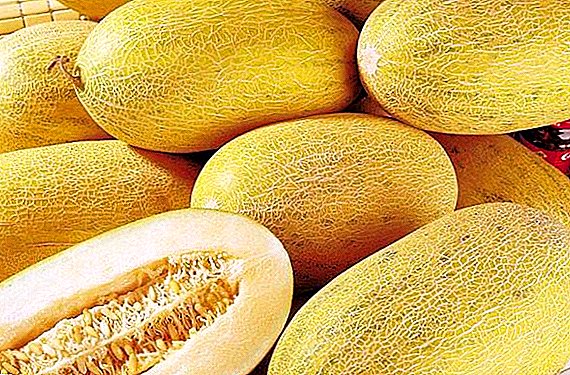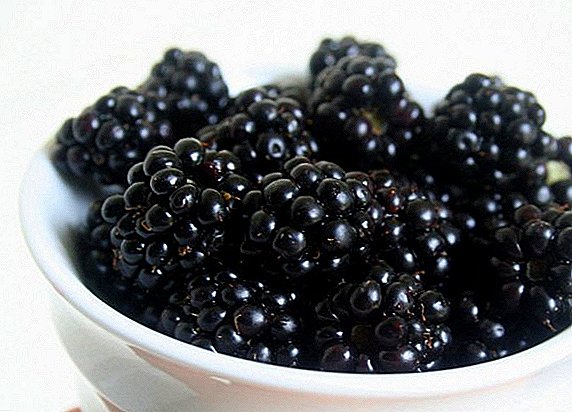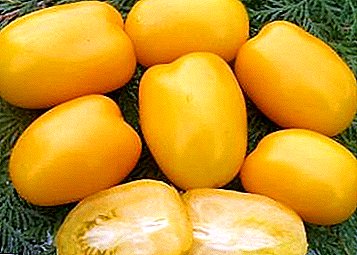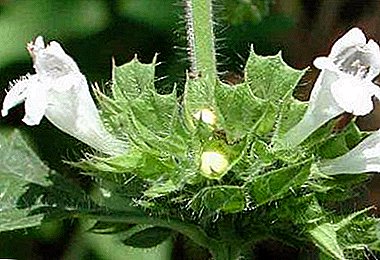
In almost every garden there is a place where fragrant lemon balm grows. Her citrus-mint smell is quite strong, but is not cloying and intrusive.
Standing next to her will be a great desire to keep a piece of summer in the form of inflorescences. We will help to embody it correctly without harm to the plant and with great benefit for ourselves.
This article describes in detail the use of plants in medicine, cooking and cosmetology, presented his photo and description.
When does the bloom occur?
To Melissa pleased you with abundant flowering and fragrant aroma, you must comply with certain conditions for the care:
- Lighting - one of the main requirements. The plant can hardly tolerate the open sun, so you should find a more shady place.
- Moisture. Abundant watering is also considered undesirable. Too much moisture can cause significant loss of inflorescences and root rot.
- The soil. The best land for lemon balm is one where there is a component of sand.
Adhering to these rules, your beauty will be more luxurious than before.
Popular species and varieties
Melissa abounds in varieties and species, but six are most commonly used.:
- Lemon flavor;
- Mojito;
- Freshness;
- Pure gold;
- Dozy;
- Quadrille.
These are the most popular types of gardeners in the Russian Federation. Despite some differences in smell, size and appearance, you can not worry, all the names of lemon balm are flowering.
Process description
Before the very beginning of flowering the aroma of the plant increasesbrighter lemon notes. In the immediate time of flowering, small piles of small flowers, white, pink or purple, appear next to the leaves. Each flower has four petals. At the end of the flowering period, in the place of light flowers, fruits are formed in the form of nuts or boxes. And the aroma of the plant becomes noticeable sharpness.
A photo
Next you can see a photo of a flowering plant.




What to do with flowers?
Flowers of the plant are not only pleasing to the eye with brightness, but also perfectly help to restore power. They perfectly relax, soothe and prevent insomnia. In addition, relieve toothache, inflammation, bruises and ulcers.
How to collect?
Choose a cloudy day to pick the flowers.. In this weather, the evaporation of beneficial oils is minimized. Arm yourself with a knife or scissors, and carefully cut off the colorful tops and young leaves.
At the beginning of summer, the plant is endowed with delicate taste - the leaves can be started to be cut off already then, but for the flowers themselves, they should wait until mid-July. Melissa is prone to rapid recovery, so it is possible to harvest about three harvests in one season.
Washing the already cut leaves is not a good idea. Water the shrub from the watering can, let it dry completely and evaporate the moisture on the leaves, and only then proceed to cutting.
Stocking
Cut flowers must be dried. This can be done by placing the plant in the shade at a temperature not higher than 35 ° C. Lay out for drying is recommended on thick paper or fabric. The average drying time is 10-12 days. After drying, distribute lemon balm in a glass container or plastic bag.
Use in medicine, cooking and cosmetology
Melissa is actively used not only for medical purposes, but also in culinary and cosmetic.
 The medicine:
The medicine:
- decoctions;
- tinctures;
- compresses.
Cosmetology:
- face masks;
- hair masks;
- decoction bath for nails;
- scrub;
- massage aromatic oils.
Cooking:
- seasoning for dishes;
- tea.
Melissa is a plant that should grow in each section and be in any form with each family. Be sure to get it yourself and you will absolutely make friends.



